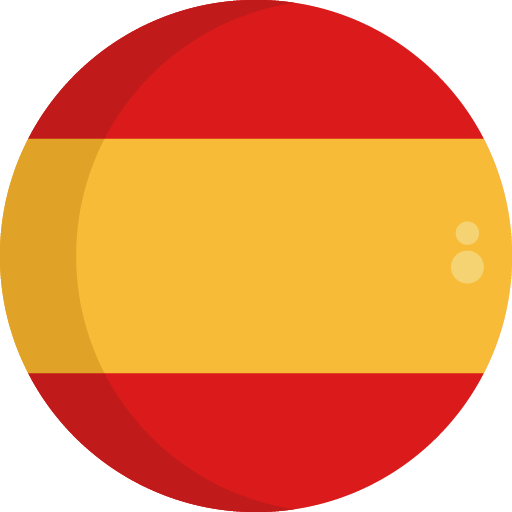Golgotha
Notes
Church of the Holy Sepulcher
Although the Church of the Holy Sepulcher (“tomb”) is now within the city walls, it was outside the walls of Jesus’ day. Various places within the church contain remains from the first century, adding credibility to its identification as the location of Calvary and the empty tomb. Up the stairs you will see bedrock at a considerable height above the current floor; this is all that remains of the outcrop of rock which is the probable location of Calvary.
In A.D. 135 Hadrian built a temple to the goddess Aphrodite directly over this outcrop of rock. In A.D. 326, when the pagan temple was razed, the workmen looked for the tomb of Christ. When they believed they had found the correct one, they dug out the bedrock around the tomb so that it now resembles a small chapel.
Next to a chapel claimed by the Armenians and the Syrians you will have access to several “kokhim”, deep horizontal niches used in first century graves. This area can therefore at least be identified as a place where first century tombs were located outside the city walls—and thus a possibility for the correct location of Jesus’ tomb.
The Garden Tomb, located north of Damascus Gate, was suggested in the 19th century as an alternative site of Calvary and Jesus’ tomb. While the setting is very suggestive of what the garden would have looked like in the time of Jesus, excavations would seem to indicate that the tomb is too ancient to have been the one built by Joseph of Arimathea. The details of the chiseled walls and the bench type of arrangement suggest a date during the Old Testament. Were it not for the New Testament statement that Joseph’s tomb was new, this would have been a possibility.
Photos
Videos
What happend in this place
Section 163:
Section 164:
Section 165:
Section 166:



















